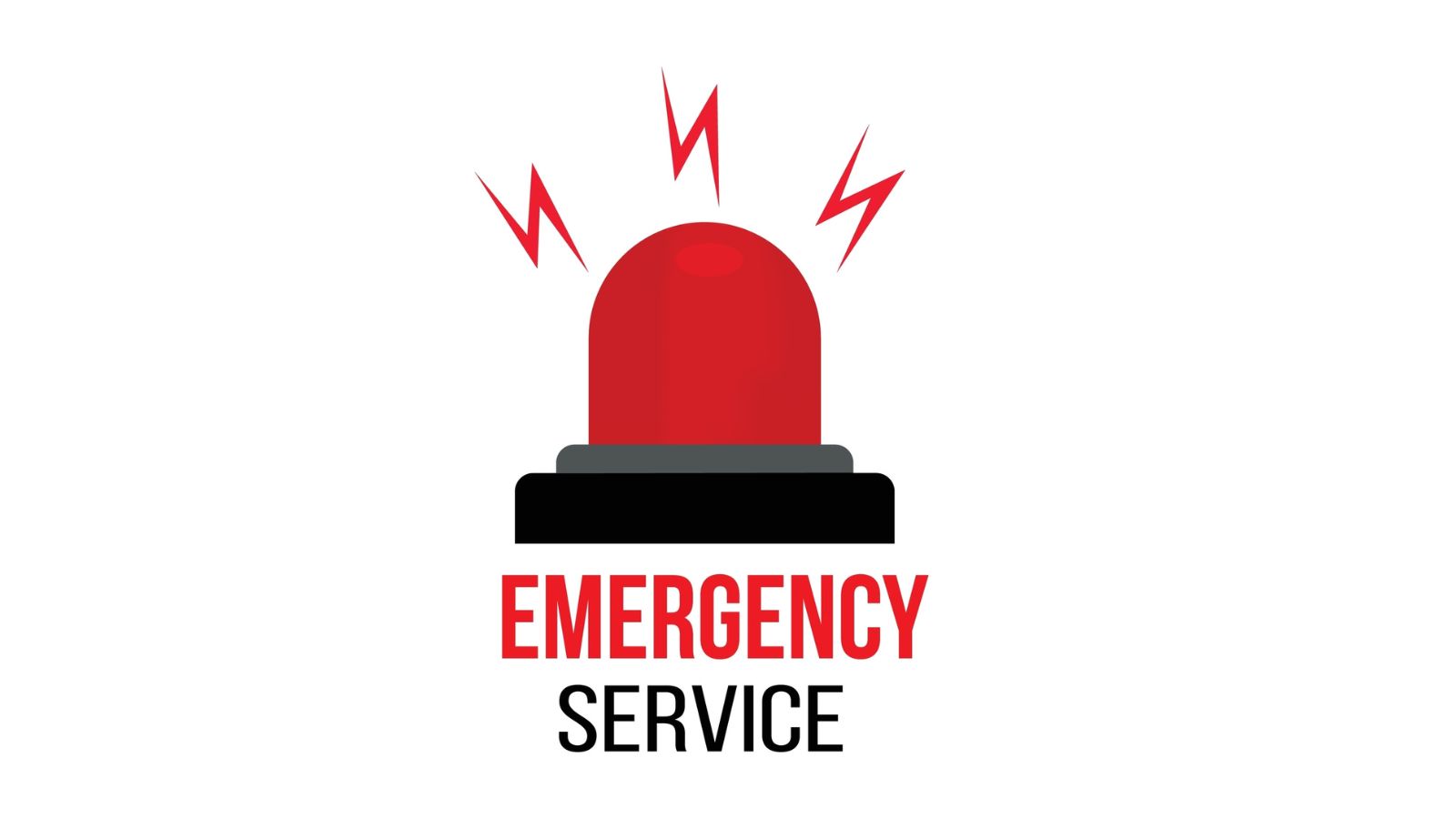Healthcare costs are rising at an unprecedented rate in many countries, including the U.S.. With medical bills becoming a heavy burden for many people, understanding what’s driving these costs can be important so that people can put plans in place for their future. We look at 18 key reasons behind skyrocketing healthcare costs:
Expensive Medical Innovations

Advancements in medical technology have provided more effective treatments, but innovation comes at a price. High-tech diagnostics like MRI machines and robotic surgeries are costly to develop and maintain, which directly impacts the price patients pay.
The Rising Cost of Prescription Drugs

New drugs and treatments can command exorbitant prices due to lengthy research and development. While effective, the lack of price regulation in some countries allows pharmaceutical companies to set prices much higher than in other countries.
Aging Population

An aging population requires more frequent and complex medical care. Seniors often face chronic health conditions like diabetes, heart disease and arthritis, which require regular treatment and can increase the overall demand for healthcare services.
Increased Chronic Illnesses

Lifestyle-related diseases, such as obesity, type 2 diabetes and cardiovascular disease, are on the rise. These conditions necessitate long-term medical management, significantly contributing to healthcare expenses.
Administrative Costs

In the U.S., administrative costs represent a substantial percentage of healthcare spending. Hospitals, insurers, and clinics require significant staffing to handle billing, paperwork and insurance claims, which raises overall costs.
Overuse of Emergency Services

Many people without access to primary care turn to emergency rooms for non-emergency issues. Emergency care is costly and when it’s used as a substitute for regular healthcare visits, it increases the overall burden on the healthcare system.
Shortage of Healthcare Workers

Shortages of doctors, nurses and other healthcare professionals lead to increased wages and higher operational costs. The demand for healthcare professionals, especially as populations age, is not being met, further escalating prices.
Fee-for-Service Model

In countries like the U.S., the fee-for-service payment structure incentivizes quantity over quality. This model encourages providers to order more tests and procedures, even when they might not be necessary, pushing up healthcare spending.
Rising Cost of Medical Education

Medical professionals often graduate with significant student debt, leading them to demand higher salaries, which contributes to the overall cost of healthcare. Additionally, fewer young people may be inclined to enter the profession due to financial constraints.
Lack of Preventative Care Focus

Preventative care services are often overlooked or undervalued in healthcare systems. Without a strong focus on prevention, individuals are more likely to develop chronic conditions that require extensive treatment over time, that’s very expensive.
Health Insurance Premiums

Health insurance premiums and deductibles continue to climb, leaving many people with higher out-of-pocket expenses. This financial burden can deter people from seeking necessary medical care, which can lead to worsened health issues and even higher costs in the long run.
Mergers of Hospitals and Providers

The consolidation of hospitals and healthcare providers reduces competition, allowing larger healthcare networks to set higher prices without the checks and balances of competing organizations. This trend also leads to decreased service accessibility.
Medical Malpractice Insurance and Litigation Costs

High malpractice insurance premiums and the threat of lawsuits can drive up the costs of medical services. Physicians may practice “defensive medicine,” ordering unnecessary tests and procedures to protect against potential lawsuits, further inflating costs.
Inflated Costs of Medical Supplies

Medical supplies, from surgical gloves to high-tech equipment, can be very costly, especially when imported or in high demand. Supply chain disruptions can also spike these costs, which are often passed on to patients.
Increasing Prevalence of Mental Health Conditions

With greater awareness and diagnosis of mental health conditions, there is also an increased demand for mental health services. Mental health care often requires long-term therapy or medication, which adds to the overall cost of healthcare.
Health Insurance Company Profit Margins

Insurance companies operate for profit and in some healthcare systems, they control a significant portion of healthcare costs. Their high administrative costs and desire for profitability can drive up premiums and limit coverage, impacting patients’ expenses.
High Cost of End-of-Life Care

A significant portion of healthcare expenses are incurred during end-of-life care, which often involves prolonged hospital stays, intensive treatments and specialized care. Many of these costs come from life-extending procedures that are expensive and not always effective.
Lack of Transparency in Pricing

One of the most frustrating issues in healthcare is the lack of transparency in pricing. Patients often don’t know the cost of a procedure or treatment until after it’s done. This opacity allows prices to fluctuate widely and leads to unpredictable costs, as patients cannot compare or anticipate expenses.
18 Reasons Why People Are Leaving Florida in Masses

Exploring factors that impact the desirability of living in Florida, this list delves into various challenges shaping residents’ experiences. From environmental concerns like rising sea levels to economic factors such as fluctuating job markets, these issues collectively contribute to a nuanced understanding of the state’s appeal.
18 Reasons Why People Are Leaving Florida in Masses
